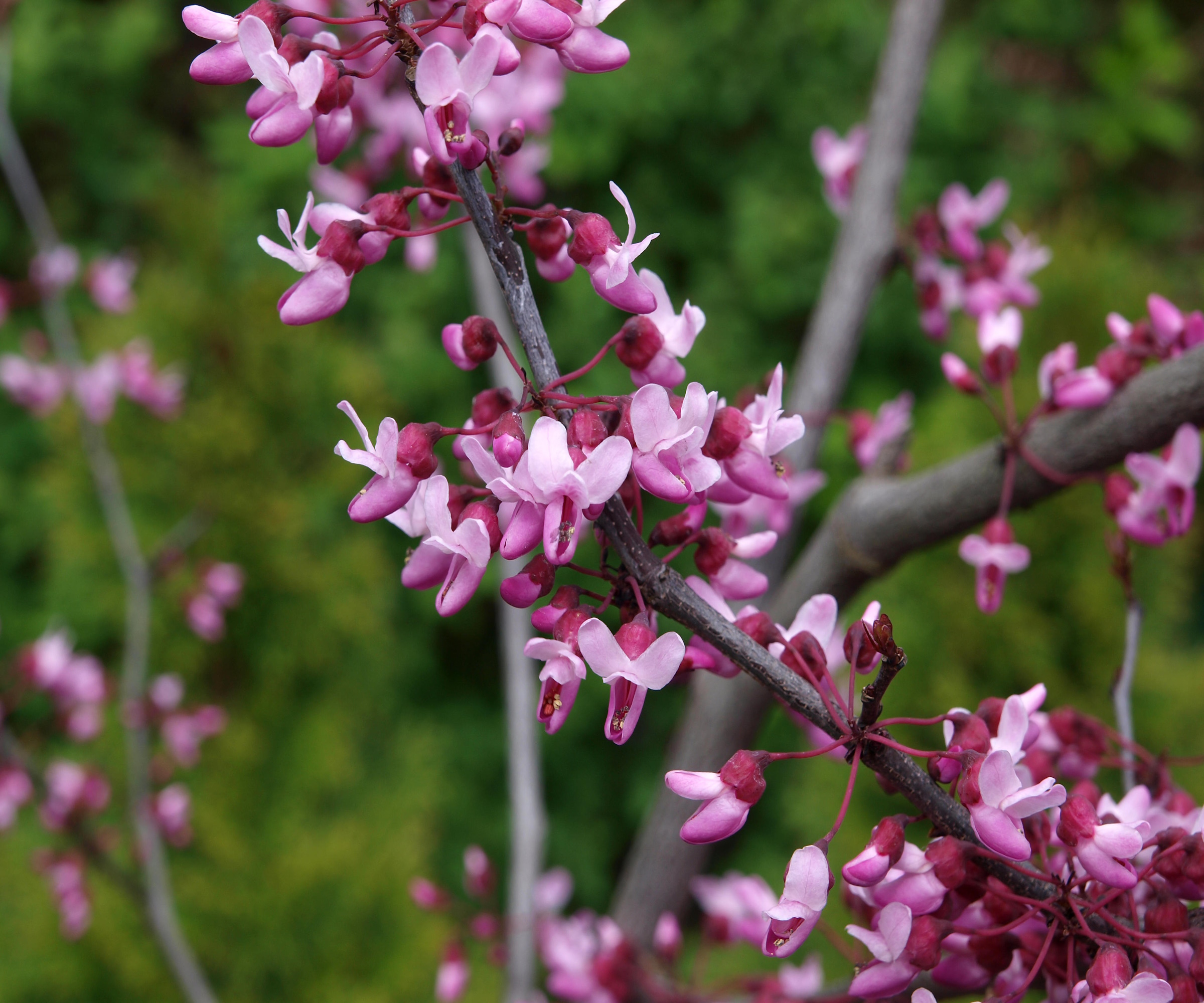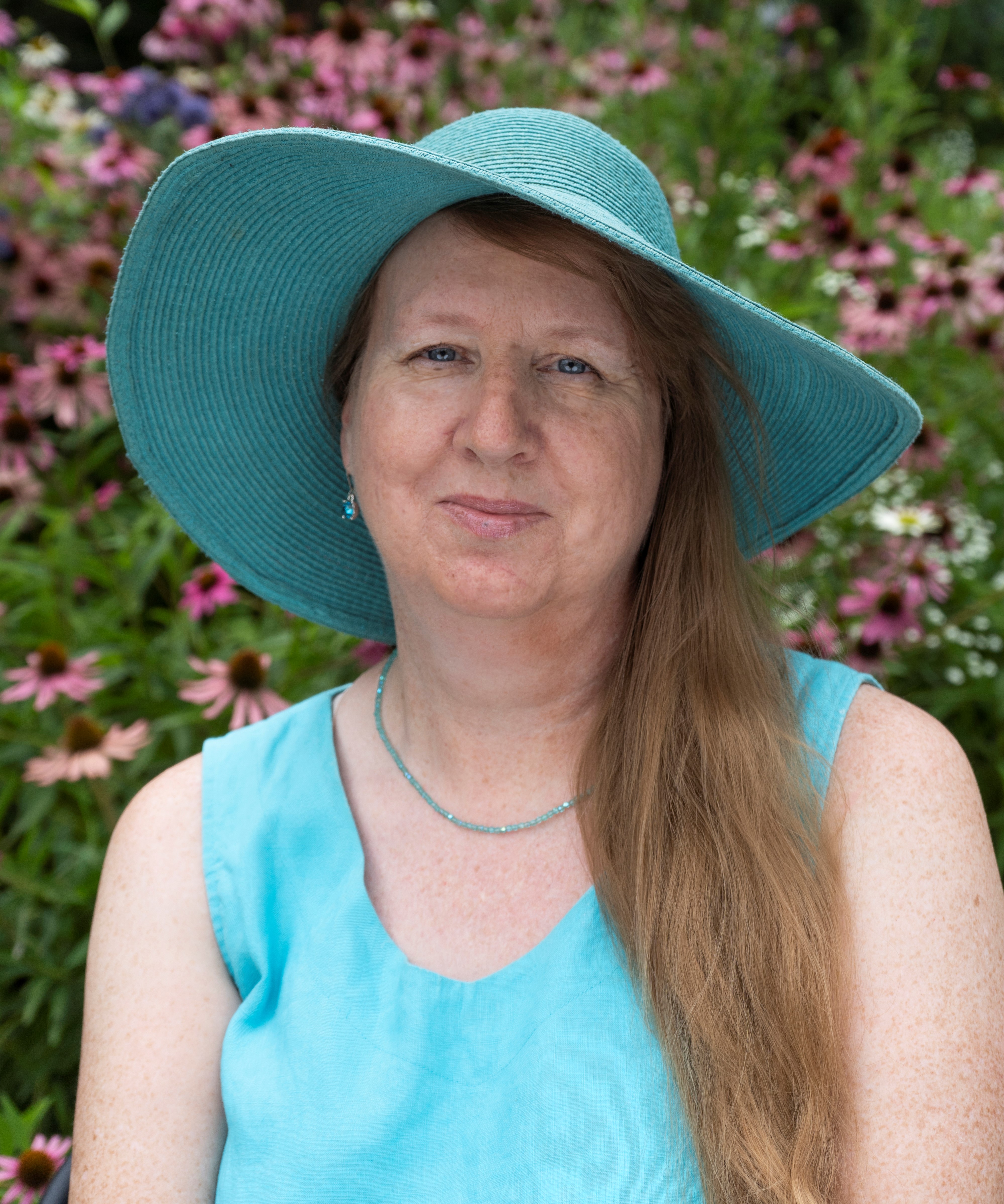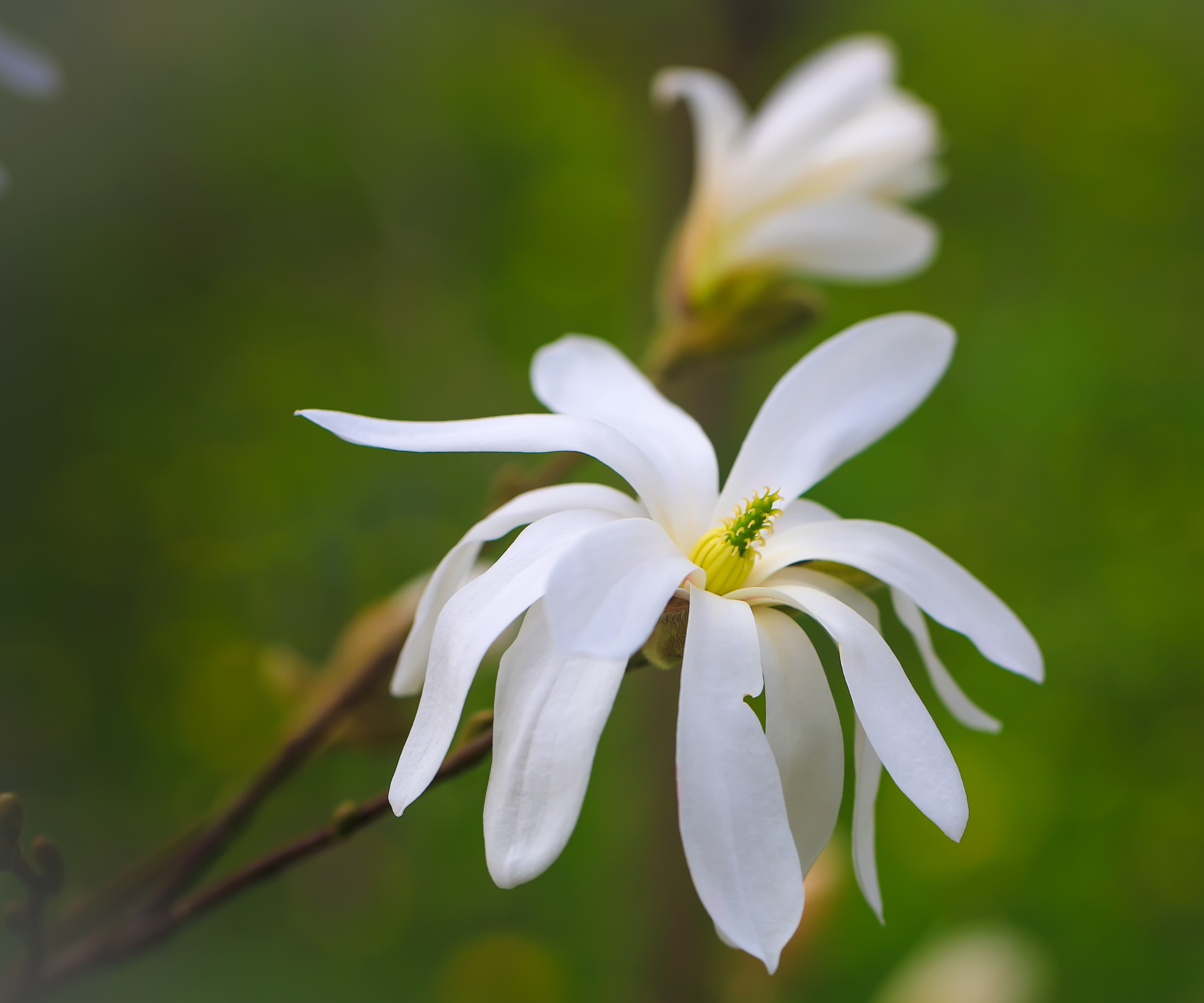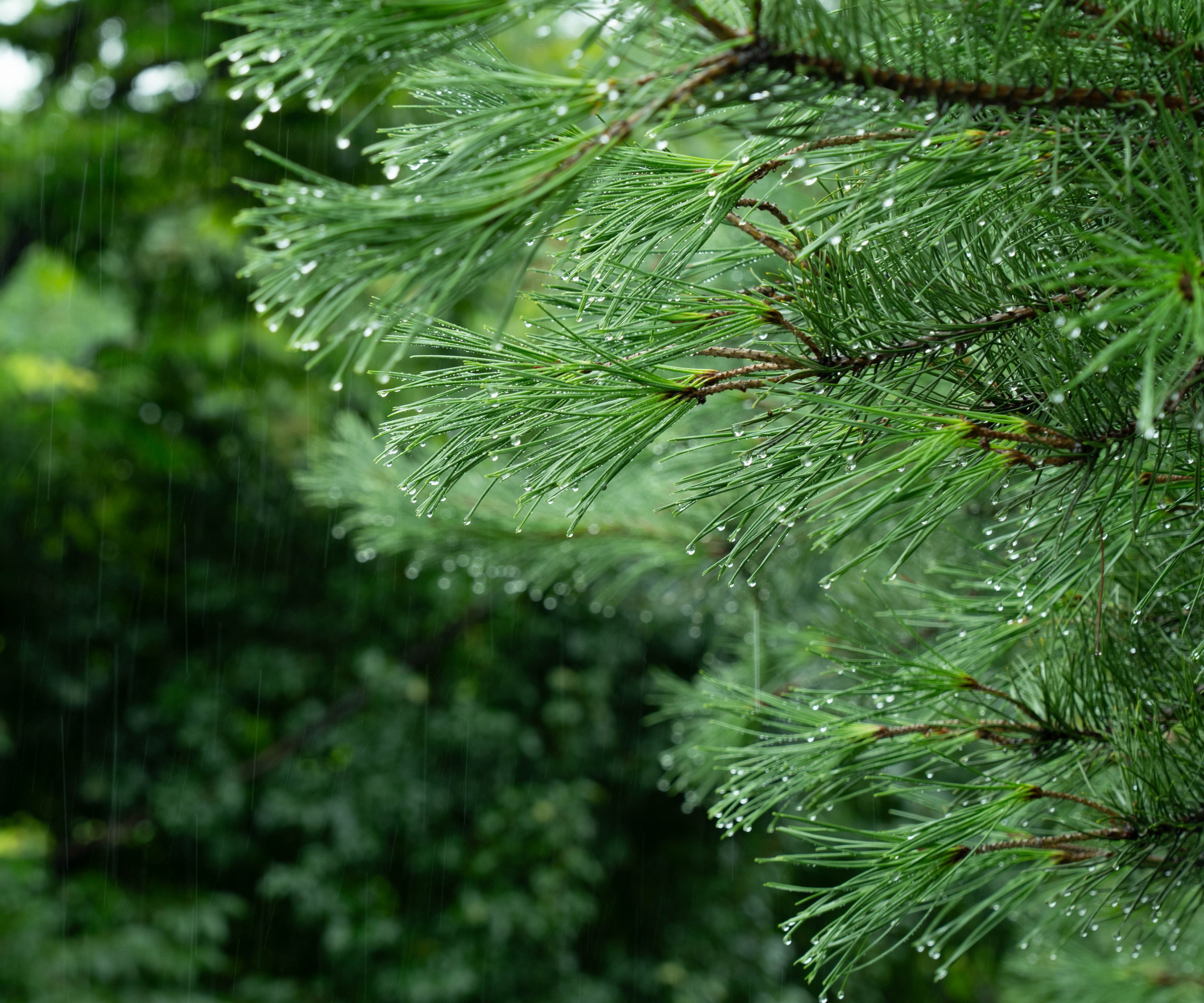Best shade-tolerant trees – 5 trees to plant this spring
Even in north-facing yards and darker outdoor spaces, shade-tolerant trees with attractive foliage and flowers can thrive


When choosing trees to plant in the backyard, it’s essential to select shade-tolerant species if you are growing in a shady situation. Fortunately, many of the best trees for small gardens have varying levels of shade tolerance, meaning that gardeners can grow interesting and attractive tree specimens despite darker conditions in the front or backyard.
Large trees are often valued for producing shade, creating cool and tranquil environments under large canopies, with sizeable oak, beech and birch trees considered some of the best trees for shade, prized for protecting perennials and annuals from direct summer sun.
Some situations, however, might require a smaller tree that can tolerate shade rather than produce it. North-facing homes, for example, or yards with older, larger trees, might benefit from the planting of additional smaller trees, helping to add interest to the shady plant understory. Here, experts share some of the best shade-tolerant trees to plant this spring.

Best shade-tolerant trees
It is important to select the right tree for the specific conditions found in your yard. Fortunately, for those with shady borders, many trees exhibit remarkable tolerance for shady situations. Read on to discover some of the best shade-tolerant trees to plant this spring.
1. Dogwood

Many of the best native dogwood trees are shade-tolerant, typically found growing in or on the edge of woodland areas. While it is true that for a flowering dogwood to produce masses of vibrant blooms sunlight is needed, dogwoods can still grow and flower when planted in partially shaded positions. What's more, for those asking how to attract cardinals to the garden borders, dogwood trees are proven to be popular with these colorful native birds.
One shade-tolerant dogwood, typically found in wooded areas, is Cornus nuttallii, or the Pacific dogwood, growing well in US hardiness zones 7 to US hardiness zones 9. The Pacific dogwood 'will tolerate shade,' says Dr Ross Bayton, Director at Heronswood Gardens in Washington.
While some sunlight will help with flower numbers, the Pacific dogwood will still produce 'white flower clusters with large white bracts in spring,' Ross adds. In short, the more sunlight, the greater the number of blooms, but this is not to say they will not tolerate varying amounts of shade. Even flowering dogwoods, such as this Cornus florida from Nature Hills, will still put on a show in shady spots.
Design expertise in your inbox – from inspiring decorating ideas and beautiful celebrity homes to practical gardening advice and shopping round-ups.

London-born botanist and gardener Dr Ross Bayton gained his PhD at the Royal Botanic Gardens, Kew, studying the classification of tropical palms. He’s the author of several books on horticulture. He is now the director of the world-renowned Heronswood Garden in Kingston, Washington, and is developing a 5-acre garden at home in nearby Bremerton.
2. Redbud

Much like dogwood trees, many redbuds grow on the edge of forests as woodland plants. The North American redbud, Cercis canadensis, is notable as a hardy tree that produces purple pea-like flowers in early spring on bare branches before foliage has unfurled.
'I have grown the dark redbud and still love seeing it in the yard,' says Kathy Jentz, plant expert and editor of the Washington Gardener Magazine. Kathy recommends planting groundcover plants at the base of your redbud, helping to 'retain moisture in the soil and suppress weeds.'
The North American redbud grows well in US hardiness zone 5 to zone 9 and is a popular choice for those gardeners seeking attractive foliage and beautiful flowers in a partially shaded corner.
Bare-root redbud trees should be planted in early spring when the danger of frost has passed, while smaller saplings and trees can be planted in either spring or fall, ideally when the temperature is neither too cold nor too warm.

Kathy Jentz is editor and publisher of the award-winning Washington Gardener Magazine, based in Washington, DC. She is also the editor of three plant society journals: the Water Garden Journal (IWGS), The Azalean (ASA), and Fanfare (Daylily Society Region 3).
3. Magnolia

Easy to grow and with striking blooms, many of the best magnolia trees are suited to shady situations. Most magnolias will grow happily in partially shaded positions, but won't produce as many flowers if planted in darker spots. One variety, however, bucks this trend.
Magnolia stellata trees, otherwise known as star magnolias, are considered some of the best shade plants, flowering profusely even in shade. As can be seen in the image above, this magnolia species produces unique, spider-like white blooms with attractive elongated petals.
Star Magnolias grow well in US hardiness zone 4 to zone 9 and are particularly noted for their cold hardiness compared to other magnolias, which is useful for those in cooler zones looking for a flowering, shade-tolerant tree.
Other species, such as this Magnolia grandiflora 'Little Gem' available from Perfect Plants Nursery, will do well in shady corners, producing attractive dark green and glossy foliage.
Magnolias can be bought year-round, but are best planted between fall and spring when there is no risk of frost or snow. It is important to remember that 'trees grown in deep shade or part shade grow much more slowly than trees grown in full sun,' says Marielle Drennan, tree expert and owner of Champion Tree Health.
'Gardeners who plant magnolia trees in shady spots won't have to worry about their trees doubling or tripling in size in just a few years,' Mariella adds. For this reason, 'plant the biggest tree that your budget allows so that you aren't disappointed with a slower growth rate due to limited sun.'

Marielle founded Champion Tree Health with the mission to preserve the health and longevity of trees and shrubs in the local area. She is an International Society of Arboriculture (ISA) Certified Arborist and a Certified Pesticide Applicator by the Pennsylvania Department of Agriculture.
4. Japanese Maple

There are many varieties of Japanese maple, and most if not all produce striking fall foliage, as can be seen in the image above. Many varieties of Japanese maple, Acer palmatum, are incredibly shade-tolerant and can thrive with as little as 2 to 3 hours of sunlight each day.
Japanese maples are hardy in US hardiness zone 5 to US hardiness zone 8, and they can be successfully grown in garden borders as well as in containers. It is best to plant Japanese maple trees in the early spring months, typically in March and April, once there is no risk of frost and the temperatures begin to rise.
While there are many cultivars of Japanese maple to pick from, growing conditions and shade tolerance will vary so it is recommended to research which species and varieties are most suitable for your yard. For example, some maples are more suited to shadier spots than others, such as this green laceleaf Japanese maple from Nature Hills.
5. Eastern Hemlock

For those seeking shade garden ideas, one of the most shade-tolerant evergreens is the eastern hemlock, Tsuga canadensis, which can be used as a feature tree or as a hedge plant. Native to the eastern United States, the hemlock is a pine tree often forming the typical pyramidal shape associated with Christmas trees.
'According to the USDA Plant Database, eastern hemlock is the most shade-tolerant of all trees,' says Marielle. 'It is one of my favorites and it happens to be the State tree of Pennsylvania.'
Hemlocks can be planted in early spring, giving them enough time to establish roots before the heat of summer. It is important to remember that younger hemlock trees will not do well if grown in a sunny spot. In addition, hemlock trees produce shallow roots, so you may need to water regularly, especially during the first year after planting.
One pest issue to be aware of is the 'threat of hemlock woolly adelgid, an invasive insect that can kill the tree,' continues Marielle. 'It is easily controlled with routine care, but it is important to regularly monitor the needles to look for the fuzzy white insects.'
FAQs
When is the ideal time to plant trees?
While this will vary between tree species, in general, the best time to plant trees is during the early springtime, before the temperatures rise but after the winter chill has passed. It is recommended to monitor the weather forecast for late spring frosts, but typically, planting trees in March and April is recommended.
Whether you live in a north-facing property or struggle with shade in your backyard, planting one of these shade-tolerant trees is sure to add interest to your plot, even in the shadiest of corners. Why not add to your shade-tolerant trees by planting part-shade perennials, and incorporating floral color under trees and shrubs?

Thomas is a Content Editor within the Gardens Team at Homes and Gardens. He has worked as a professional gardener for both public spaces and private estates, specializing in productive gardening, growing food and flowers. Trained in Horticulture at the Garden Museum, he has written on gardening and garden history for various publications, including The English Garden, Gardens Illustrated, Hortus, The London Gardener and Bloom. He has co-authored a Lonely Planet travel book, The Tree Atlas, due out in 2024.